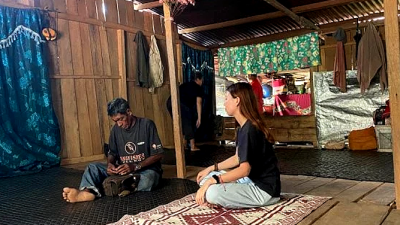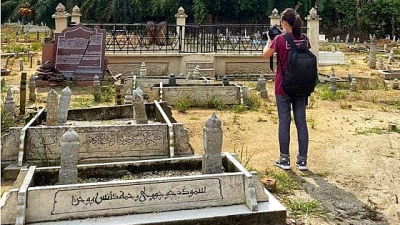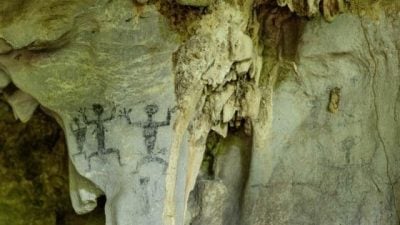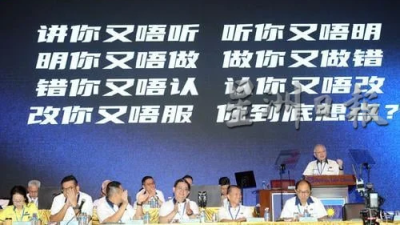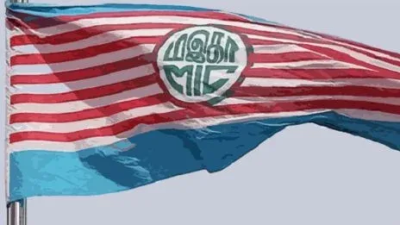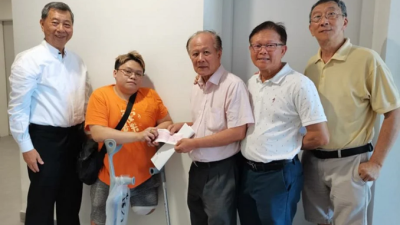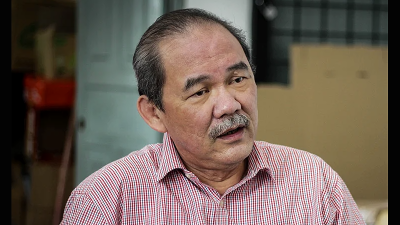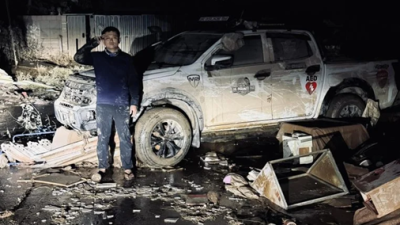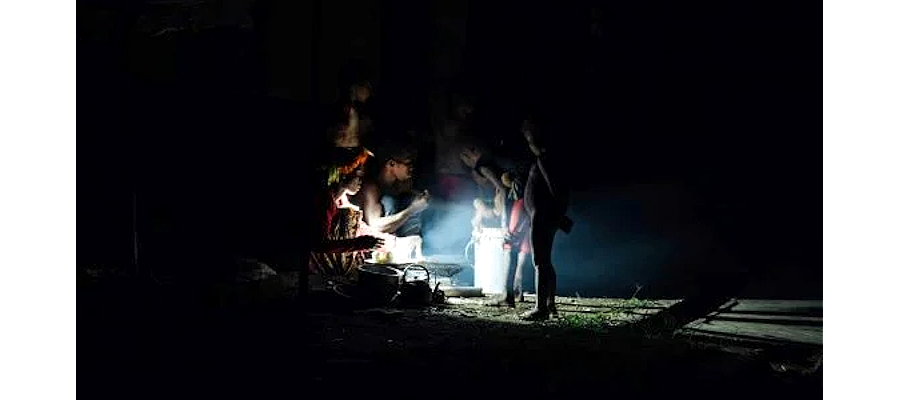
I am not a Christian, but when I was young, my relatives often invited me to attend Sunday school camps, where I spent one school holiday after another.
At that tender age, I memorized Bible verses and learned to sing hymns, yet I never truly understood their meaning.
It wasn’t until I witnessed a kind of “miracle” in several indigenous villages that I finally grasped the phrase: “God said, ‘Let there be light,’ and there was light.”
Let me first share an interesting phenomenon: whenever people learn that I research on the indigenous communities, they react with all kinds of curiosity.
The Chinese like to ask: “Are they Bumiputera?”
My Malay friends are more concerned with: “What religion do they follow?”
As for Indians, they often inexplicably show up in indigenous villages and earnestly tell me, “The shamans here are really powerful!”
What’s unfortunate is that no one has ever asked me: “Do the indigenous villages have electricity and running water?” Because for us who are living in the “modern world,” such utilities are taken for granted.
If your area suddenly experiences a water cut or power outage, you’d immediately flood social media with complaints.
But such discomfort is daily life for many indigenous communities. What’s more, they don’t even have the luxury to complain—because what they lack includes even a stable signal for WiFi.
From my past experience, some lucky villages might manage to divert spring water or drink from unpolluted rivers. But without electricity, villagers return to a time before the light bulb is invented. After the sun sets, they learn to live in darkness.
Why do so many indigenous villages still lack water and electricity? The official explanation is that “they live in remote areas.” But the indigenous people are not fools—they know exactly what the criteria is for gaining access to basic infrastructure.
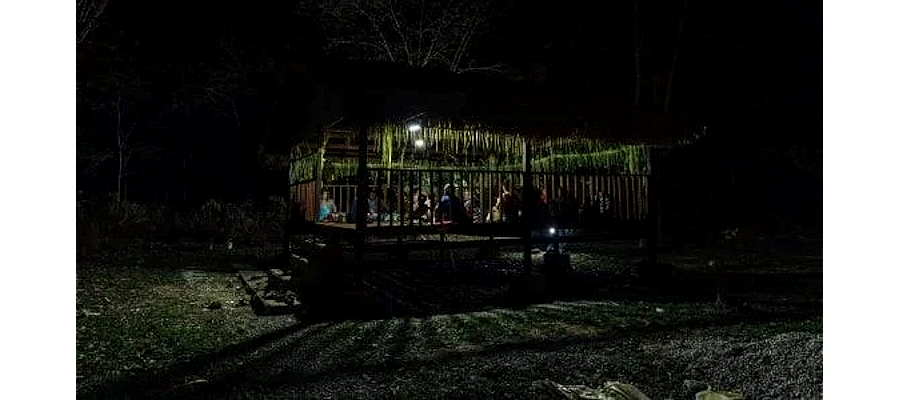
Years of darkness: animism survives without power or water
Not long ago, I visited a Semaq Beri village to conduct fieldwork on their ancient healing ritual—Sewang Gelap.
As the name suggests, this ceremony takes place at night, because ancestral spirits fear the light. They only respond to the shaman’s calls and the chants of the villagers in complete darkness.
Naturally, the shaman can open the “heavenly eye” to communicate with the spirit world—but for a mere mortal like me, I saw nothing.
Today, it’s incredibly difficult to witness such a ritual firsthand in the Peninsular.
On one hand, the forests have long been deforested, and it seems the guardian spirits of nature have also retreated. On the other hand, many indigenous communities have since converted to world religions.
Those who have been “enlightened by civilization” may now live in concrete houses, enjoy the cool breeze of ceiling fans and access clean water from a tap.
This shift, while convenient, has quietly rewritten the connection between people and the natural world.
One night, my Semaq Beri friends cooked a lavish dinner for me. Although they had started a generator, the lighting was so dim that the food was still hard to see—you could only tell what you were eating once it was in your mouth.
Despite these inconveniences, the indigenous hosts always feel they’re treating outsiders poorly—but I do not mind, because such scenes are common in many villages.
Still, I couldn’t help but wonder: if giving up animist beliefs could bring electricity and water, why hold on so tightly to them? Upon hearing my question, my friend just shrugged and calmly said:
“It’s okay. We’re already used to the darkness.”

Power is like shadow play: only those who understand it can defeat the darkness
There was more than one version that left a lasting impression on me. Even when the script is the same, the ending can be very different.
I remember once visiting a Jah Hut village to study their healing ritual—Benisoy Gelap—similar to the Semaq Beri ritual, it must also be conducted in complete darkness.
As I stepped into the shaman’s home, I was startled by a large political poster of a local party leader plastered at the entrance.
But what shocked me even more was this: despite retaining their animist beliefs, they had reliable electricity and water.
Religious faith and political affiliation are of course personal choices. But I knew that just because an indigenous person wore a blue T-shirt or a red cap didn’t necessarily reflect their true political stance.
For them, party merchandise is a gift—not using it would be a waste. Still, what exactly did that poster represent?
Sensing my confusion, the shaman smiled and explained:
“Before this, our village supported Party A. We begged for years and still had no electricity or water. Later, people from Party B came and said if we hung their flags and posters, we’d receive light.”
“So you just went along with it?” I asked.
The shaman excitedly shared this “miracle”:
“Yes! We figured it no harm to try. The very next day after we put up the flag and poster, people from the Department of Orang Asli Development, the national utility company, and the water department all showed up. After a while, we finally got electricity and running water.”
Lately, I’ve become obsessed with the legendary series Game of Thrones. The characters love to justify power in the name of various gods.
Old gods are discarded, new gods rise—but no one has ever seen these gods. Power is the same: intangible, yet very real.
When the eunuch Varys and the dwarf Hand of the King, Tyrion, discuss the nature of power, Varys says something philosophical:
“Power resides where men believe in it. No more and no less.”
Tyrion counters by suggesting that maybe power is nothing more than a trick—a “mummer’s trick.”
Varys then replies: “Power is a shadow on the wall—and a very small man can cast a very large shadow.”
In those indigenous villages without electricity, I firmly believe I’ve seen countless shadows like that.
They may not shine, but in the forests cloaked by night, they sing their own songs.
More on Echoes from the Forest
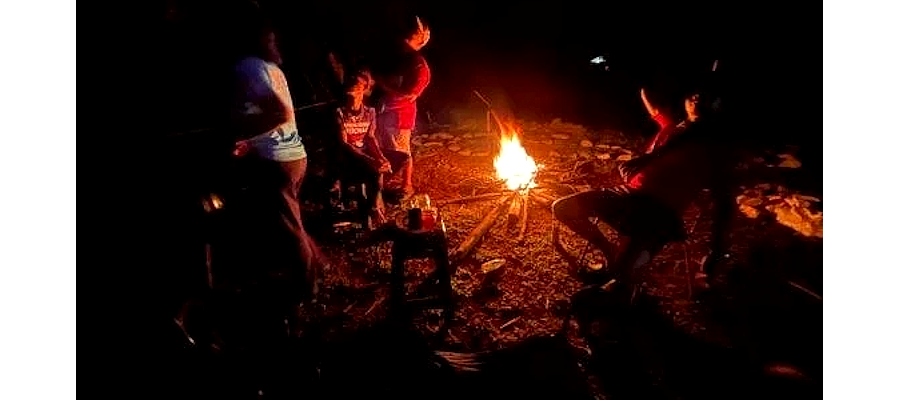
(Yi Ke Kuik is a Master’s student in Anthropology at National Taiwan University focusing on issues related to indigenous people in Peninsular Malaysia. Founder of myprojek04 photography initiative and writes for a column called Echoes from the Forest (山林珂普) in Sin Chew Daily, highlighting the photos and stories of indigenous people.)
ADVERTISEMENT
ADVERTISEMENT







